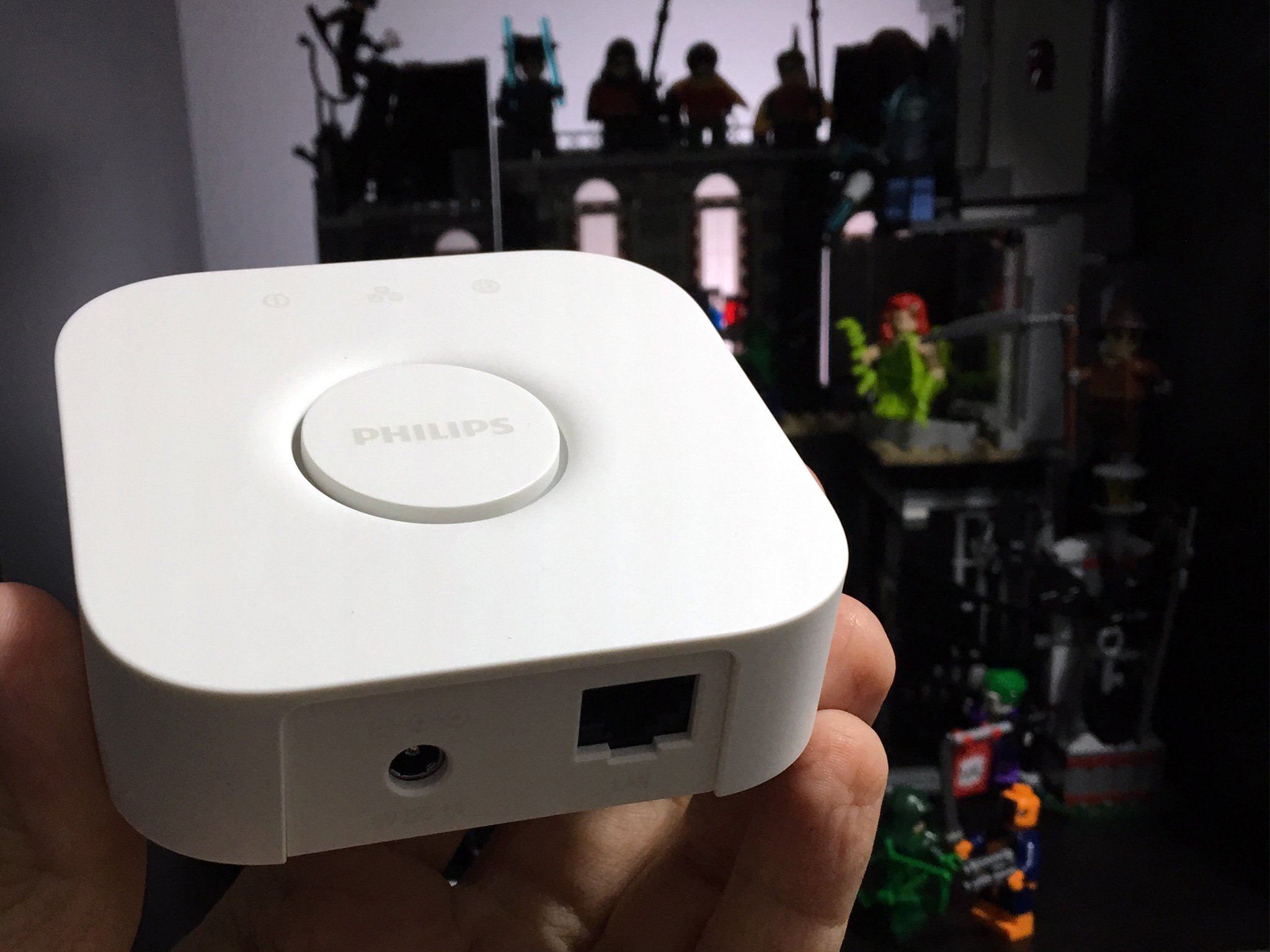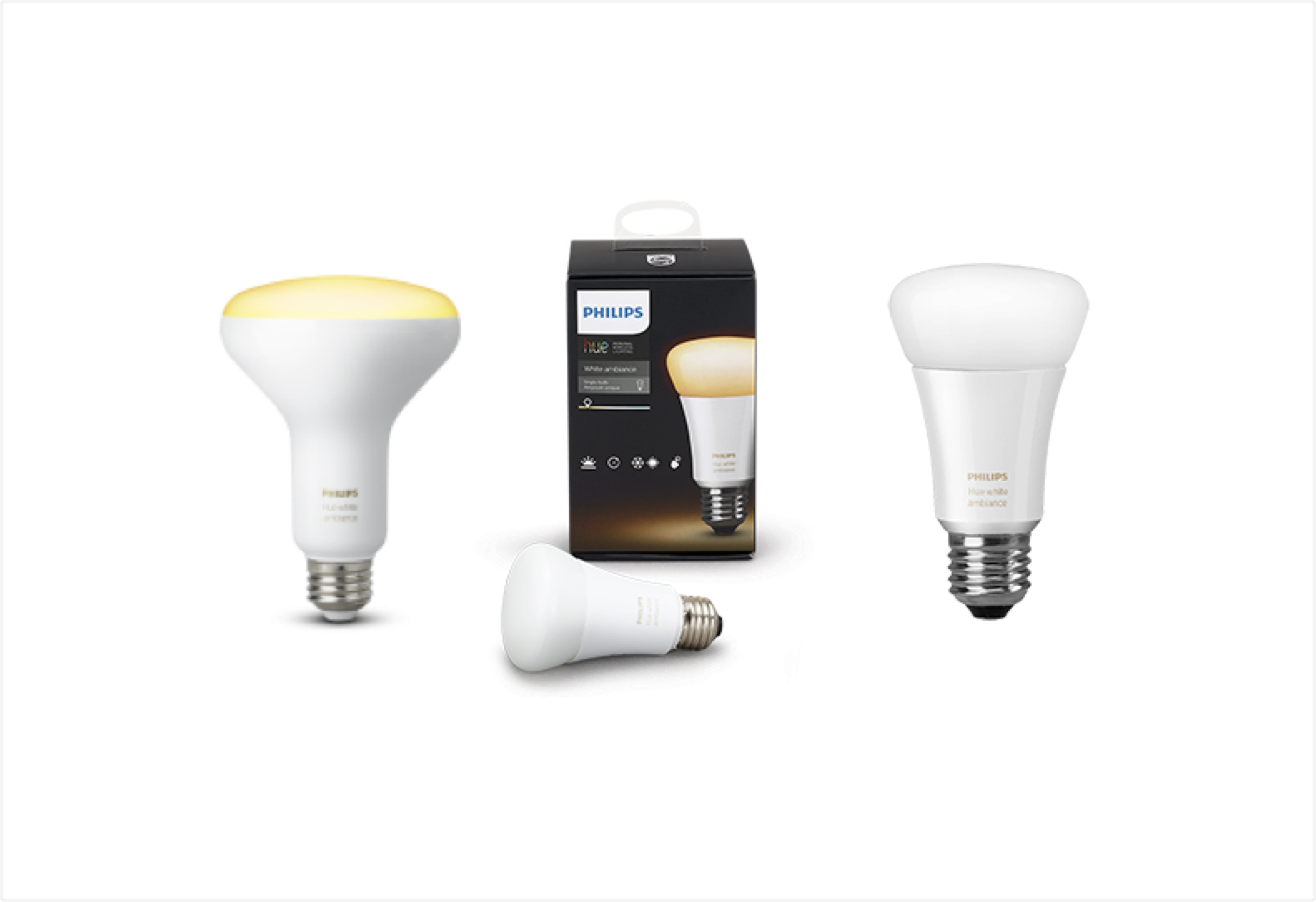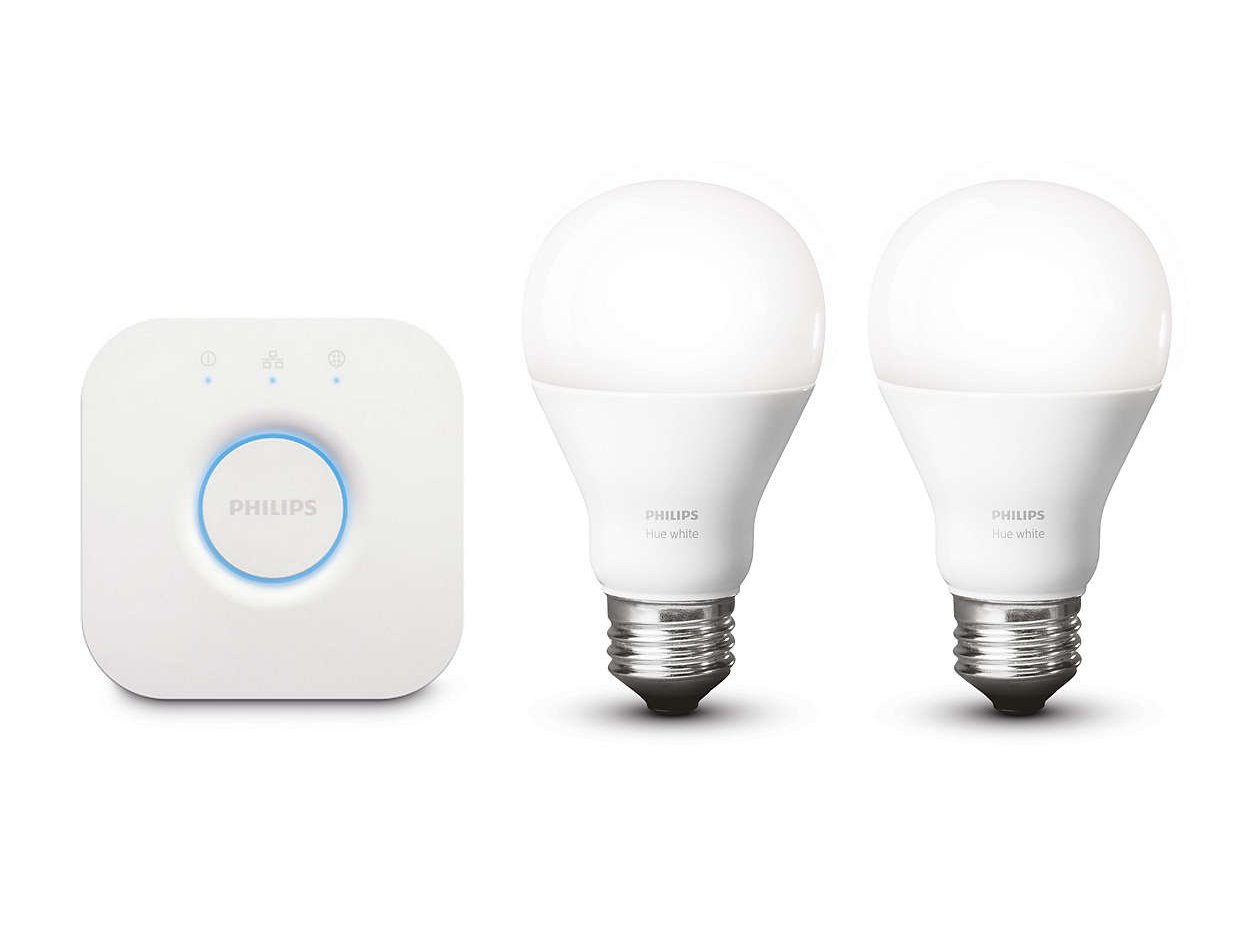Everything you need to know about Philips Hue bulbs!

Lightbulbs — particularly the Hue line from Philips — are among the first connected-home products people buy. Controlling light with the sound of your voice or a tap of your smartphone is more than just an awesome feeling — it also makes for a great demo! When you're trying to show your friends and family why you just spent a not-insignificant amount of money on lightbulbs, it's nice to be able to clearly show off your new superpower.
Whether you're deciding on your first home automation gizmo, or you just want to add another internet-connected bulb to your automated home, this piece aims to help you better understand the difference between Philips various light bulb offerings.
Illuminate with Lumens
Before we get into the different bulbs, we need to talk about lumens. It used to be when you'd go to the store to buy a light bulb, you'd choose your bulb based on watts. Most of us know — relatively, at least — the brightness of a 60-watt bulb compared to a 100-watt bulb. But watts measure how much energy a bulb uses to produce light, not how bright the light is.
That's where lumens come in! Lumens measure the brightness of a light source and provide a more accurate representation of how much light your bulb can produce. As bulbs become more energy efficient, watts become less relevant — a 10-watt LED bulb could produce some 800 lumens of light!
The U.S. Federal Trad Commission has a handy guide for watt to lumen conversion.
Onto the bulbs!
OK, now that you're well aware of the difference between watts and lumens, let's talk about Philips Hue bulbs!
The bulbs are split up into three main categories:
iMore offers spot-on advice and guidance from our team of experts, with decades of Apple device experience to lean on. Learn more with iMore!
Philips Hue White and Color Ambiance

This is the Philips Hue bulb most people are familiar with — it's the dimmable bulb that can turn all sorts of colors. You can set the mood for a horror movie with deep red lighting, pump up a party with bright blue lighting, or just start your day with a soft white light.
Here's what you need to know:
| Lumens | 800 lm (60 w equivalent) |
| Light temperature | 2000 - 6500K |
| Lifetime | 25,000 hours |
| Colors | 16 million |
| Price | $49.99* |
*Note: Philips Hue will soon begin selling an updated Philips Hue White and Color Ambiance bulb that produces 17 million colors and promises richer, deeper shades of green and blue.
Philips Hue White Ambiance

The White Ambiance model produces white light in thousands upon thousands of variations. This bulb does not produce colors — only different white color temperatures. It can produce soft orange light, bright blue light, crisp white light, and any shade of white in between.
Here's what you need to know:
| Lumens | 800 lm (60 w equivalent) |
| Light temperature | 2000 - 6500K |
| Lifetime | 25,000 hours |
| Colors | More than 50k shades of white |
| Price | $29.95 |
Philips Hue White

The Hue White model is a dimmable bulb that produces a soft white light (2700K).
If you're just looking to control your lighting with your voice or your iPhone and you don't need any extra colors or shades of white, this is the bulb for you!
Here's what you need to know:
| Lumens | 800 lm (60 w equivalent) |
| Light temperature | 2700K |
| Lifetime | 25,000 hours |
| Colors | N/A |
| Price | $14.95 |
Questions answered?
If you're left with questions after reading this, please give me a shout! I love talking about home automation — I'd be happy to tackle your inquiry!
Mikah Sargent is Senior Editor at Mobile Nations. When he's not bothering his chihuahuas, Mikah spends entirely too much time and money on HomeKit products. You can follow him on Twitter at @mikahsargent if you're so inclined.


